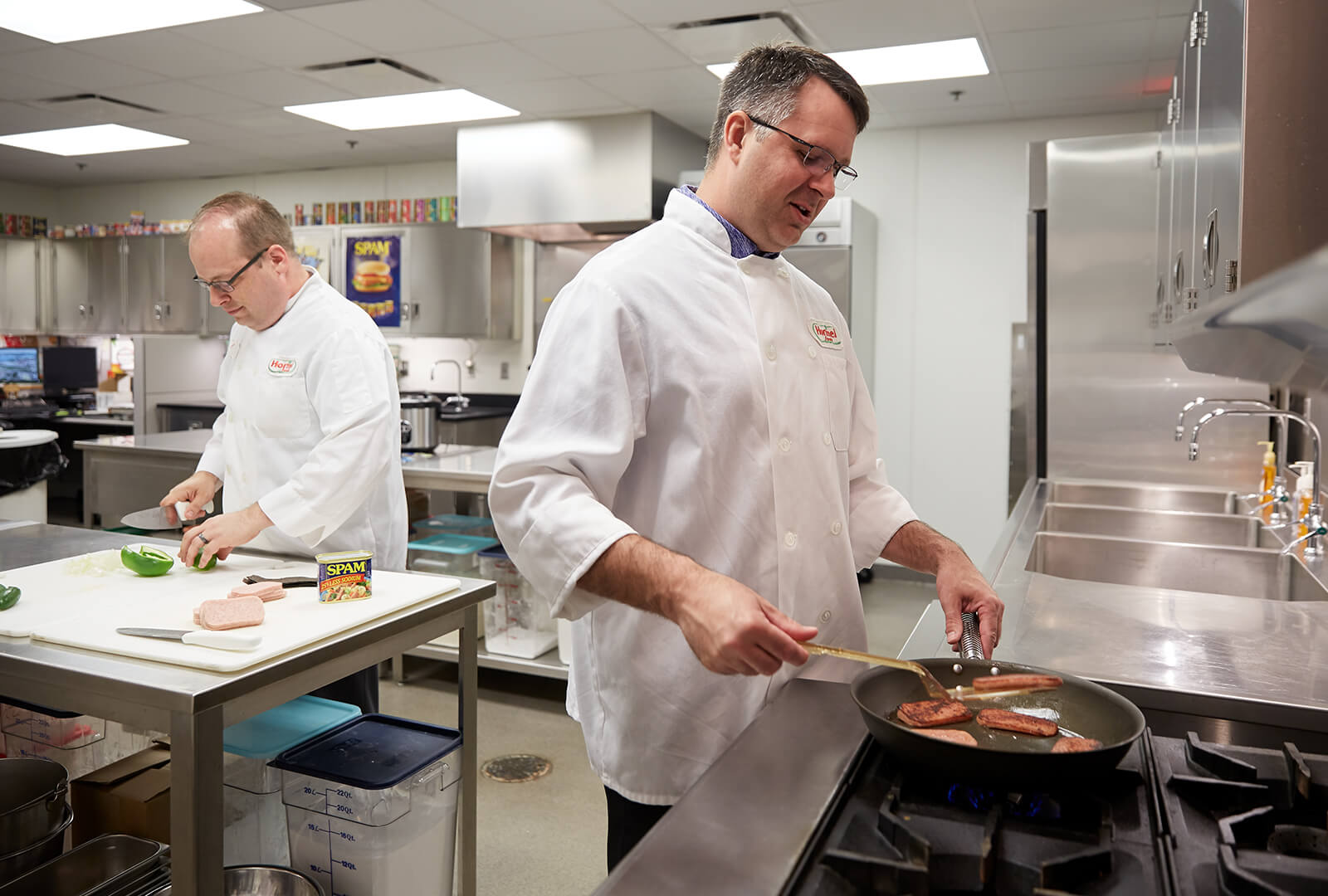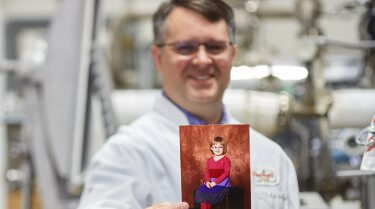Culinologist isn’t a job title that most people are familiar with. So Brian Andrews and Joel Reiman, two resident practitioners at Hormel Foods, often find themselves answering variations on the question “What is it you do, exactly?”
Andrews has a simple answer. “Culinology is a blending of the science and the art of cooking,” he said. This is true, but somewhat modest.
Reiman has a slightly different spin.
“What we do day in and day out often mirrors what humans have done for centuries,” he said. “We’ve always had a way of preserving the nutrition in food. The job of a culinologist is to understand those processes and find the science that allows us to use them most effectively.”
As Reiman suggested, the word may be new, but the ideas that underpin the discipline have deep roots in history. Since we could create fire, humans have been trying to cook food to make it delicious and safe, and to preserve it over time.
The job of the culinologists at Hormel Foods is to understand the science of a dish so deeply that they can cost-effectively scale its production, allowing families across the country and around the world to share the delicious result.
What it Takes
Not just anyone can claim the title. Culinologists must go through degree programs certified by the Research Chefs Association and demonstrate core competencies in dozens of areas from chemistry and microbiology to quality assurance and ingredient procurement.
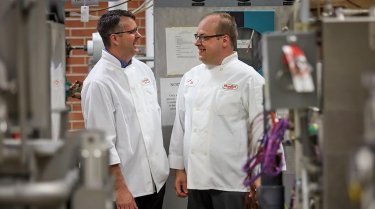
Of course, if you are producing food for millions of people, safety is always paramount. For the culinologists at Hormel Foods, it is a task made more challenging by trends in consumer preferences. Increasingly, people want to see ingredients they can immediately recognize. Additives that sound like chemicals are viewed with suspicion.
“The new consumer interest in how food is made is a huge positive,” said Reiman. “Part of the job of a culinologist is to understand the science of large food production well enough to be able to explain it to people in simple terms — in cooking terms. We want them to understand that there are good people behind the food we make. We want them to understand what we are doing.”
Hormel Foods Leading the Way
Both men are particularly proud that Hormel Foods has been a pioneer in new techniques to preserve nutrition and ensure food safety. They’ve explored using organic acids as natural preservatives as well as high-pressure pasteurization to eliminate potential pathogens, reduce spoilage and extend shelf life.
“Hormel Foods has been in the forefront of high-pressure pasteurization,” said Reiman. “You can think of it like a style of cold canning that reduces the microbial load without adding anything to the food.”
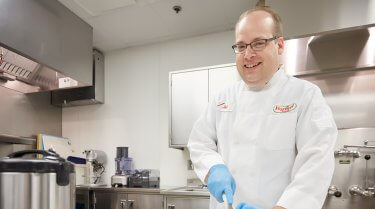
Like many at the company, Reiman is aware of the challenges of providing good, safe food for the projected nine billion humans who will inhabit the planet by the middle of this century. The current amount of food that goes to waste is unsustainable. “To produce the food that humanity will need, we need to develop best practices and keep an open mind to new methods,” he said.
The frontiers of culinology are only beginning to be explored. Our understanding of food’s complex relationship to health and disease, to take one example, increases every year.
“I think Hormel Foods is one of the pioneers right now in looking at how food interacts with the body,” said Andrews. “You look at what The Hormel Institute has discovered in regard to various ingredients like dark chocolate, deep-red vegetables, different lettuces and spices. We’re understanding the benefits to the body and possibly preventing diseases. That’s something that’s very humbling to learn about as a culinologist.”
“The first year we bought all packaged food because we wanted to make sure the food we gave her was gluten free,” he said. They quickly discovered that many of the offerings at the time were dry, chalky or otherwise unpalatable. Andrews began to put his culinologist skills to use, researching suppliers and conferring with dieticians.
“As I learned, I became more courageous and started making a lot of her food at home,” Andrews said. He experimented with corn flours, gluten-free oats, different types of gums and other ingredients to create the foods that his daughter loved. Andrews and his daughter are particularly proud of their homemade gluten-free doughnuts, a recipe they’ve worked on for several years. “We also tried to recreate the cinnamon crunch bagels that she used to love,” said Andrews. “We’re still working on it.”
Over the last several years, Andrews noticed he wasn’t the only culinologist or food scientist working on the project. People with gluten sensitivity were becoming a larger and larger consumer market.
“Not long ago you had maybe four or five gluten-free options for breakfast cereals,” he noted. “Now you can walk up that aisle and there are 20 or 30. So it’s a great example of how new knowledge and technology can meet the needs of the consumer.”
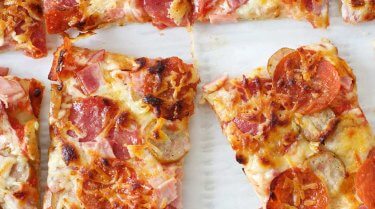
Thanks to the work of food scientists across the industry, Andrews’ daughter has seen a whole range of options come onto the market. Gluten-free breads that once paled in comparison are now almost indistinguishable from the real thing. Kid essentials, like pizza, have returned to his daughter’s life, delivered by advances in the art and science of food.
